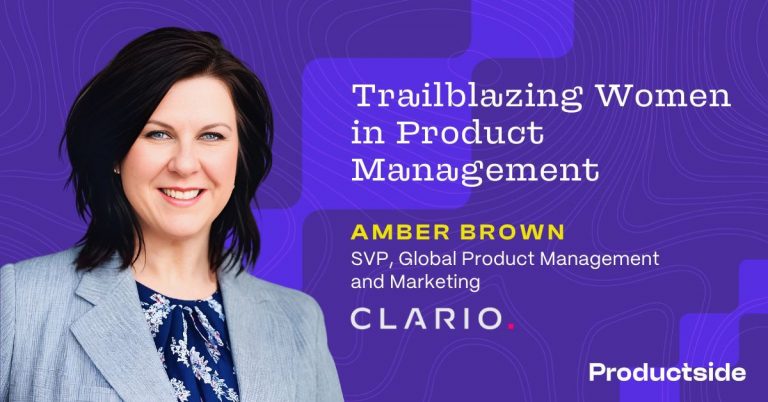Perhaps the most sought-after aspect of Public Relations is known as “Earned Media”, i.e. the coverage you get in various media without paying for it. This can be a powerful tool in B2B, but to earn your coverage you’ve got to create something worth publishing.
So, no— just posting press releases to press release brokers doesn’t cut it.
In a B2B space, Public Relations is better thought of as “Audience Relations” because you are usually not interested in reaching the general public. Your interest lies with the narrowly focused target audience for your solutions- with the goal of changing the audience’s awareness of, or attitudes about, an ISSUE that is closely related to your solutions.
What About My Product?
No… wait, you say. My goal is to change the audience’s awareness of, or attitudes about, my PRODUCT! Yes, that is your overall goal. But that’s not the way earned media works. Publications don’t give you attention for having a product. They give you attention for addressing an issue that strongly concerns THEIR audience. Note the emphasis on ‘their’ audience. If they are going to dedicate time/space/effort to something that you bring to their table, it must appeal to their audience more than an ad. So, if what you have to offer just reads like an ad, they will happily send you to their advertising department and joyfully accept your money to purchase ad space. To stay on the editorial side of things instead, you must pitch a story about the issues that concern their audience.
Which means that when your CEO says: “Let’s get a release out on this (new product, new customer, new etc.)!”, you must step back and find the bigger picture: What key issue are we addressing that is meaningful to the audience? Why does it need to be addressed? Who thinks so? Is this issue new or long-standing? What is the scope of its impact? Etc. In the answers to these questions is the essence of the PR story you can tell.
The story you pitch should follow this general structure:
- Important issue that the audience should be aware of. (Topic fits within the editorial interests of your target publications.)
- Key impacts of the issue and why it is important to address this issue now.
- Authoritative voices chime in to reinforce. They describe the kind of solution that can be effective. This just happens to be your kind of solution.
To Whom it May Concern
Knowing who you want to reach, and what effect you wish to have, will determine what vehicles are best able to touch your target. Make a list of outlets and rank them in terms of reach and influence. These may include trade publications, websites, blogs and other social media outlets, analysts, etc. Determine the reach that each has (how many people in your target are reached), and how influential it is (i.e.: from trusted authority to passing opinion).
Ventriloquism
With targets in hand, you must assure that the story is interesting, objective, and written in the publication’s voice (not your company’s voice). In order to understand these factors, you need to speak with the editor to get a feel for what he/she is looking for and to understand the publication’s acceptance criteria for articles. They are only interested in topics that fit their target subject matter and perspective, which can also fit into a space on their editorial calendar. That said, editors also understand that publications need money to run. So, proposing a package that includes an allocation of paid advertising can grease-the-skids of acceptance and also buy some content latitude.
Earn It
So, the next time someone presses you to “put out a press release”, press back and first develop a story worth its weight in earned media.


